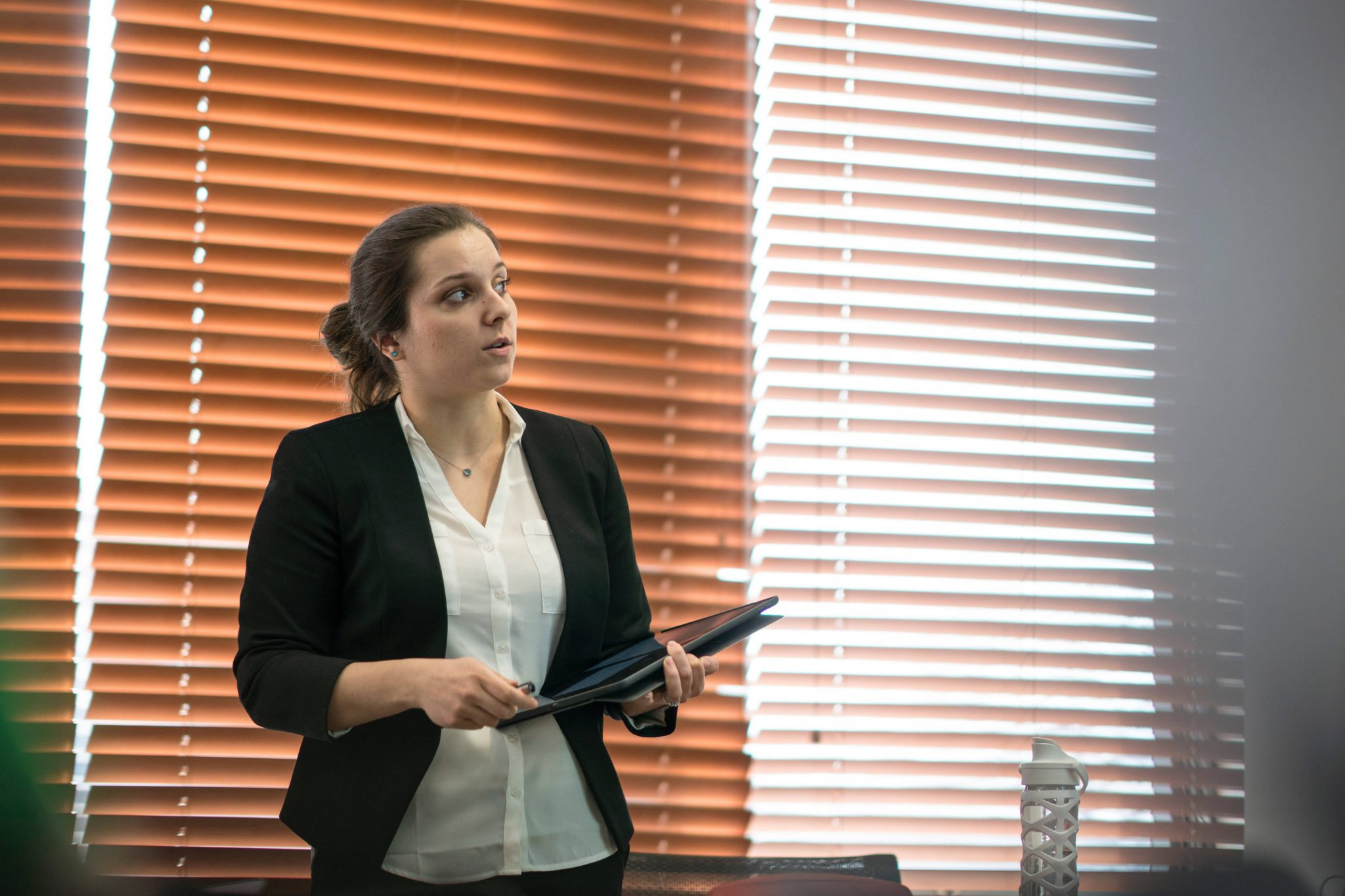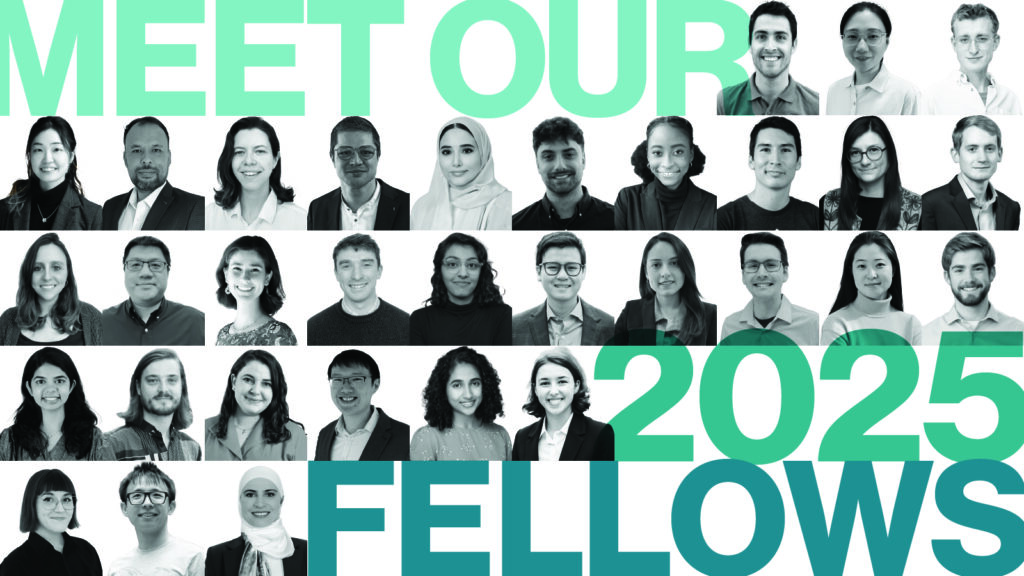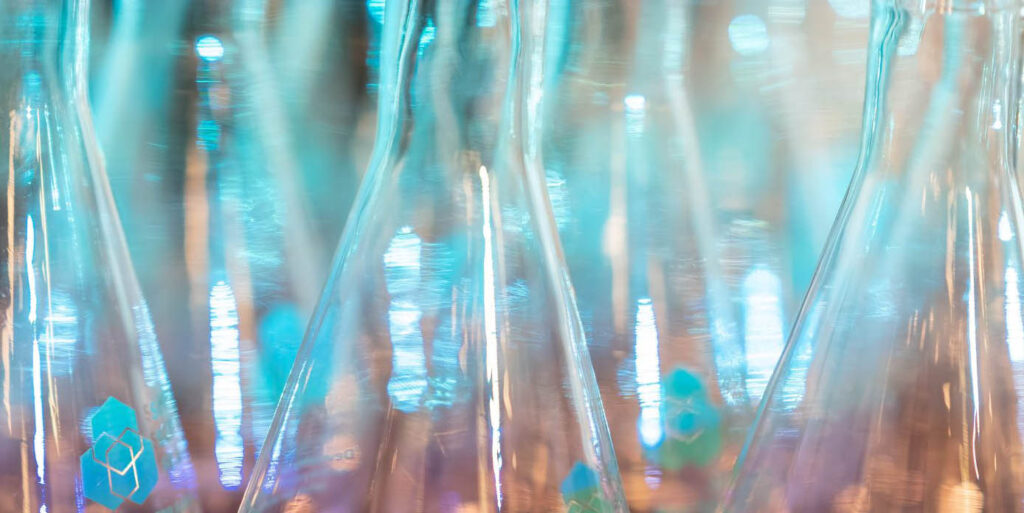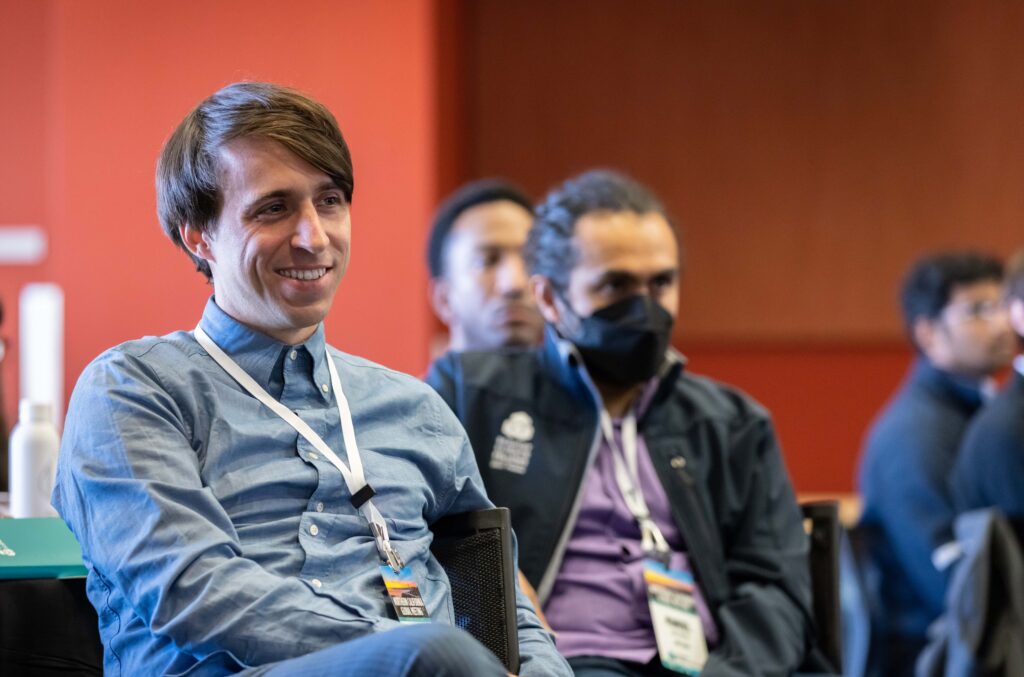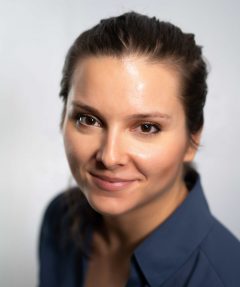
I am extremely fortunate to experience the inaugural year of The Schmidt Science Fellows program, which has emphasized the importance of scientific communication, and the many different ways scientists can engage diverse audiences. This program has underscored for me how important it is to become and remain engaged with audiences outside of your immediate discipline, and how simple it can be to start at any stage of training. Realizing the power of cultivating this skillset has been tremendously energizing.
Working across boundaries requires a commitment to communication and engagement. If our goal is to accelerate discoveries, we must be able to engage broad audiences with our work.
The Global Meetings in both Oxford, UK and Cambridge, MA included focused sessions on science communication and the specifics of engaging different groups, such as not-for-profits and policymakers. Across these sessions, a few clear themes emerged.
The first and most resounding theme for me is that engagement with non-scientific audiences should be an imperative for scientists. We seek new knowledge and then make that information available in order for it to be built upon further and lead to a tangible benefit for society. The potential impact of science on every individual’s life means everyone should have the opportunity to engage with these novel concepts.
The second theme is that it is necessary to work to understand your audience. More likely than not, if someone is attending or viewing your presentation, they’ve come with specific questions or with a broad intellectual curiosity about your work. If you are reaching out into other spaces to talk about your science, then the audience may have different motivations and preconceptions. For example, a talk about gene therapy which may soon be used in a clinical trial would be tailored quite differently for physicians versus for a TED talk (or for a presentation intended for patients and their families).
Knowing who is in the room and what they care about will help you shape your presentation to address that curiosity and nurture it. Moreover, we have a responsibility to be aware of how our work may be received or even misconstrued, as well as an awareness of who may be impacted by our work. While it can be difficult to predict how scientific work will be portrayed, used, or built upon, as knowledge-generators we have a special role in shaping the discourse around our bodies of work.
It is important to seek avenues of communication with potentially-impacted parties in order to understand the repercussions of the work that goes on in the lab, and how it is reported. This is important because when we feel heard and understood, a level of trust is built, and this paves the way for more effective communication.
In the end, the intrinsic role of science is to inform, not advocate, and this information gives people the freedom to interpret and form opinions. Transparency in our intent can make the difference in an audience member’s propensity to passively listen or to actively engage with the information. Thus, by laying out the evidence and allowing our audience to draw their own conclusion, we create a more engaging presentation and ultimately empower our audience to connect more deeply with the ideas we present.
Our recent Schmidt Science Fellows Global Meeting in Cambridge, MA, included a science communication workshop facilitated by the Alan Alda Center for Communicating Science. An important discussion point from the day was about the ‘brand’ of science (in other words, the association many people instantly make when hearing about “Science”).
This discussion provided an inspiring message. As part of this workshop, Chris Volpe, the Executive Director of ScienceCounts, an organization dedicated to STEM advocacy, presented data from the National Opinion Research Center on Americans’ attitudes toward science. The key finding that had the largest impact on me was that, across the political spectrum, the brand of science is ‘hope’.
My personal view is that this hope flows from two main sources. Firstly, from scientific progress itself, particularly from progress in areas where science and engineering have an everyday impact in someone’s life, and, secondly, accessible science communication. An example of this is how scientific progress and thoughtful communication enabled the community I grew up in, a deeply religious rural community known to eschew technology, to embrace and support an early precision medicine initiative from a world-class genetics clinic tucked away in the farmlands of Pennsylvania.
This rural genetics clinic is called The Clinic for Special Children, and treats children (and adults) with rare genetic disorders. These are more prevalent in the old order Amish and Mennonite populations in the area. By providing much-needed clinical services and medical answers, they fill a vital niche in the community, and with their dedication to patient outreach, they have built a trusting relationship that has shifted local attitudes toward science. The Clinic brings hope to families affected by rare genetic disorders in the form of specialized treatment regimens and biological answers. This entire ecosystem, in turn, has inspired me, by demonstrating the power of effective and genuine two-way science communication.
The key message which the Clinic for Special Children has embodied so well, and which has been articulated so succinctly through the Schmidt Science Fellows Global Meeting Series is that effective communication is not throwing facts at an audience or “dumbing down” a message. Rather, effective communication is defined by making an effort to know and comprehend the unique aspects of your audience, understanding that they may be approaching this topic from a different place than you, and being prepared to listen and reflect. In essence, it means taking the time to build trust, and that is hard work, but ultimately necessary and fulfilling. The effort spent articulating how science transforms our lives catalyzes wonder, reassurance, and hope for a better future.
All opinions expressed in this article are those of the author.
